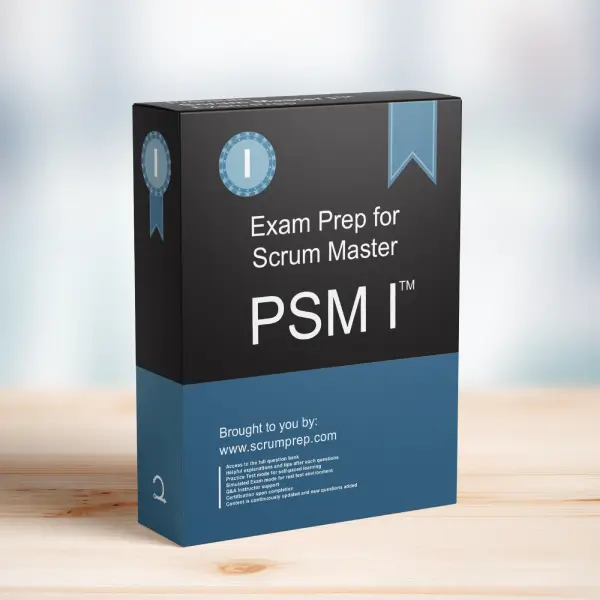Understanding the Differences Between a Product Owner and a Project Manager
The roles of a Product Owner and a traditional Project Manager are often confused, but they have distinct responsibilities and focuses within a project management framework. Understanding these differences is crucial for effective implementation of Scrum and achieving project goals.
Exam Question
True or False: A Product Owner is essentially the same thing as a traditional Project Manager?
A. True
B. False
Correct Answer
B. False
Explanation
The Product Owner and a traditional Project Manager serve different functions in their respective frameworks. While there might be some overlap in their responsibilities, their roles are fundamentally different:
Product Owner:
- Focus on Value: The primary responsibility of the Product Owner is to maximize the value of the product by managing and ordering the Product Backlog. They ensure that the team works on the most valuable tasks.
- Collaboration: Product Owners work closely with stakeholders, including customers and end-users, to understand their needs and to communicate these requirements to the Scrum Team.
- Decision-Making: The Product Owner is accountable for making decisions about what should be included in the Product Backlog and the order in which it should be tackled.
Traditional Project Manager:
- Focus on Scope, Schedule, and Budget: A traditional Project Manager is responsible for the overall project plan, including managing scope, schedule, and budget.
- Team Management: Project Managers often have authority over the project team and are responsible for assigning tasks, managing team performance, and ensuring that the project stays on track.
- Stakeholder Communication: Project Managers also serve as a point of contact for stakeholders, providing updates on project progress and managing stakeholder expectations.
Roles and Responsibilities in Scrum
- Product Owner: Ensures the Product Backlog is ordered and refined to maximize the flow of value and align with the team’s capacity. Works closely with stakeholders to gather requirements and communicate them to the Scrum Team.
- Scrum Master: Facilitates Scrum practices, removes impediments, and ensures that all Scrum events take place and are productive.
- Developers: Collaborate to create the Sprint Backlog and deliver a potentially shippable Increment, ensuring all work meets the Definition of Done.
Relevance to the PSM I Exam
Understanding the distinct roles and responsibilities of a Product Owner versus a traditional Project Manager is essential for the PSM I exam. This knowledge ensures that you can correctly implement Scrum principles and practices, contributing to the success of your Scrum Team.
Key Takeaways
- Distinct Roles: The Product Owner and a traditional Project Manager have different focuses and responsibilities.
- Value vs. Management: The Product Owner focuses on maximizing value and managing the Product Backlog, while the Project Manager focuses on managing scope, schedule, budget, and team performance.
Conclusion
While the roles of a Product Owner and a traditional Project Manager may seem similar, they have fundamentally different responsibilities and areas of focus. Understanding these differences is key to effectively applying Scrum principles and ensuring successful project outcomes.
For comprehensive preparation and practice exams, check out PSM I Exam Prep to enhance your understanding and application of Scrum principles.



